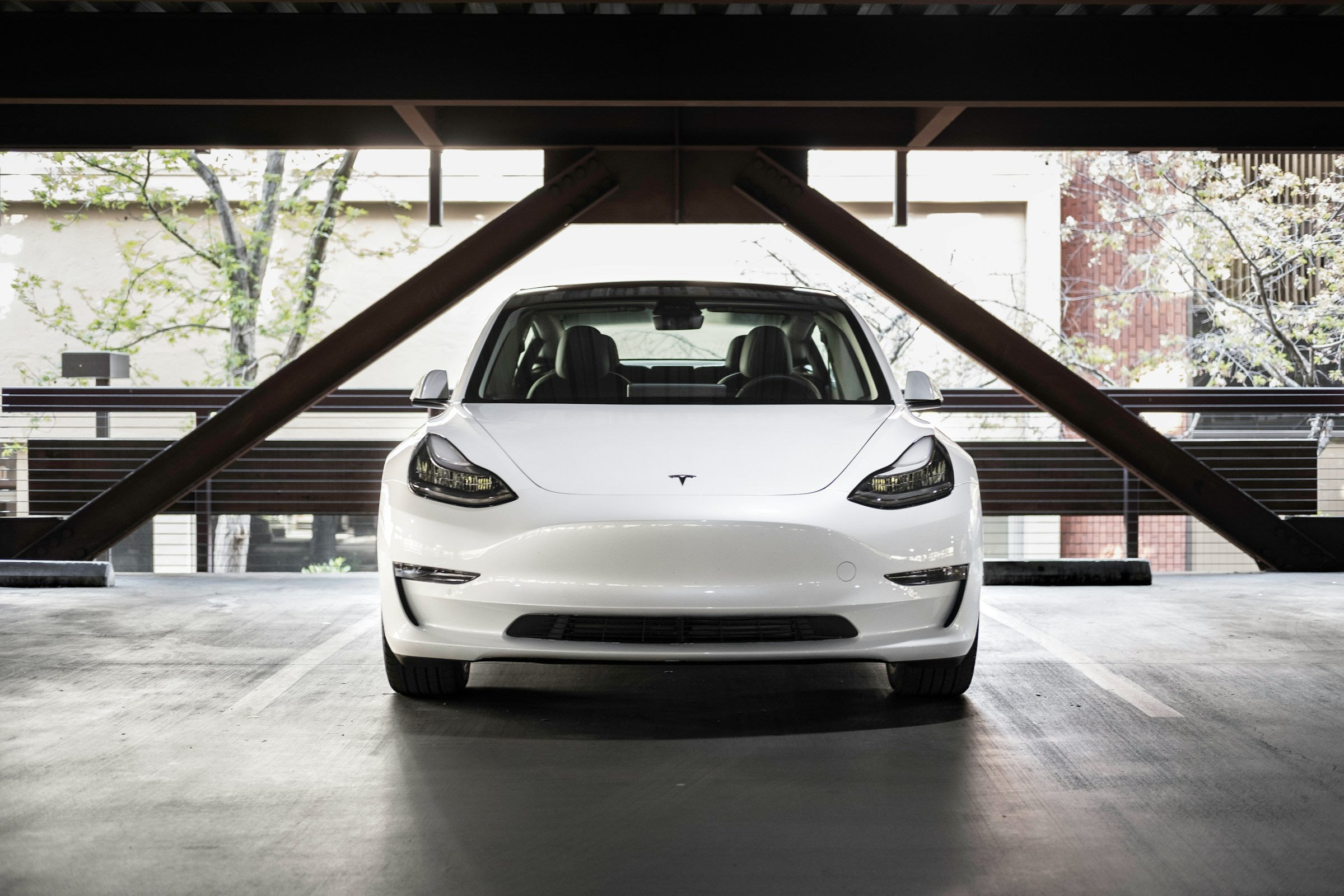When Technology Backfires on Trust
Tesla represents innovation and luxury — but behind its high-tech image, odometer fraud is a growing concern. Unlike mechanical rollbacks of the past, this fraud is digital, hidden, and harder to trace.
Many owners blindly trust Tesla’s odometer. But if the odometer reading is off, it can distort resale value, violate warranty limits, and trigger costly warranty repairs. Tampered numbers threaten vehicle past transparency and shake consumer confidence.
That’s where services like VIN Inspect step in. They offer insights into accidents, ownership, and odometer data — helping detect substantial inaccuracy and defend against invisible losses.

Predictive Algorithms: Measuring More Than Miles
Unlike traditional systems, Tesla’s odometers don’t merely record mileage. Instead, the company utilizes predictive algorithms based on driver behavior, energy consumption, terrain, and even regenerative braking patterns.
This “intelligent estimation” often leads to two Tesla vehicles showing wildly different odometer readings, even after driving the same route. Tesla argues this method improves energy consumption metrics and fuel economy, but critics say it knowingly overstates use in some cases — and obscures actual mileage in others.
The risk? Driver behavior multipliers may cause your car to hit the 50,000 mile threshold — and void the basic warranty — sooner, even if the actual mileage traveled is thousands less.
A Legal Storm: Class Action and Consumer Frustration
The issue escalated when lead plaintiff Nyree Hinton filed a proposed class action lawsuit against Tesla Inc. She claims her Tesla Model Y crossed the 50,000-mile limit, cutting off coverage. But independent GPS logs showed significantly less mileage.
This class action lawsuit, joined by thousands of drivers and a high-profile law firm, alleges Tesla’s odometer system violates fair-use standards and misleads buyers — reducing warranty obligations and pushing them to purchase extended warranties prematurely.
The lawsuit claims that warranty periods are shortened artificially, causing financial harm. Some lessees say they were charged for exceeding lease mileage caps, even though they meticulously tracked their driving history.
The result? Tesla is accused of tying warranty limits to a flawed algorithm — not physical reality.
Digital Trust vs. Legal Risk
The scariest part? This type of odometer fraud hides in plain sight. Unlike analog cars, where fraud leaves physical traces, Tesla offers no access to third-party tools. There’s no external hardware to verify or dispute mileage. It’s all embedded in code.
This makes odometer fraud Tesla not only possible — but almost impossible to prove once done. In effect, the minimum tolerates substantial inaccuracy, and the owner pays the price.
Used car buyers are especially vulnerable. A Tesla Model S with 48,000 miles will sell for far more than one showing 61,000 — even if they’ve had identical use. And in a world of varying percentages ranging from state to state, that discrepancy can mean thousands of dollars lost.
The Role of VIN Checks in a High-Tech Market
With more off-lease and fleet Tesla vehicles hitting the market, odometer trust is more critical than ever. Buyers rely on screen readings, but when those don’t match official records, doubt creeps in.
That’s why tools like VIN Inspect remain essential. A VIN check might not access Tesla’s internal logs, but it can expose:
- Gaps between odometer readings and vehicle past events
- Hidden warranty obligations
- Accidents or rebuilds that suggest misuse
Even partial data helps defend against inflated prices and questionable histories.
Conclusion: Buyer Beware in the Age of Software

Tesla’s mission is bold, but their odometer system introduces a quiet risk. What was meant to ensure fairness instead puts owners at legal and financial disadvantage.
The solution isn’t just better tech — it’s transparency. Until Tesla opens its system or standardizes warranty limits by physical miles, consumers will remain vulnerable.
And when you’re about to spend $40,000+ on a used EV, trust isn’t optional. It’s mandatory.
FAQ: Odometer Fraud in Tesla — What Buyers Need to Know
1. Can Tesla’s odometer be altered like in older vehicles?
Not traditionally. But Tesla’s algorithm-based system can knowingly overstate usage due to driver behavior, terrain, and more — creating digital odometer fraud.
2. How does a VIN check help detect Tesla odometer issues?
A VIN check compares service mileage, auction data, and registration history. Differences between these and screen numbers may reveal substantial inaccuracy.
3. Can I verify battery health through VIN check tools?
Not directly, but battery service records and prior replacement data can offer insight into vehicle past usage.
4. Are Tesla owners part of a class action for odometer fraud?
Yes. A major class action lawsuit filed in 2024 accuses Tesla Inc of manipulating odometer readings, cutting off warranty periods, and pushing premature warranty repairs.
5. What’s the safest way to buy a used Tesla?
Use VIN Inspect, review Tesla’s service history (if accessible), and get a third-party inspection. If something feels off — walk away.
Article Last Updated: July 17, 2025.
